-
Troppo Plant & Garden Articles
- Te Puke Region
- TROPPO’s Food Forest in Te Puke, BOP (www,foodforest.org.nz)
- Troppo’s Plant Collection
- TROPPO's Nursery Directory
- Food Forests of New Zealand (www.foodforests.nz)
- Nursery Map - Plant Suppliers of NZ Directory (www.nurserymap.nz)
- Kids Garden Corner
- New Zealand Garden Bird Survey
- New Zealand Garden Groups
- Delicious Recipes
Fruit Tree, Vegetable, and Gardening Planting Calendar – A Broad Brushstroke for our NZ climate
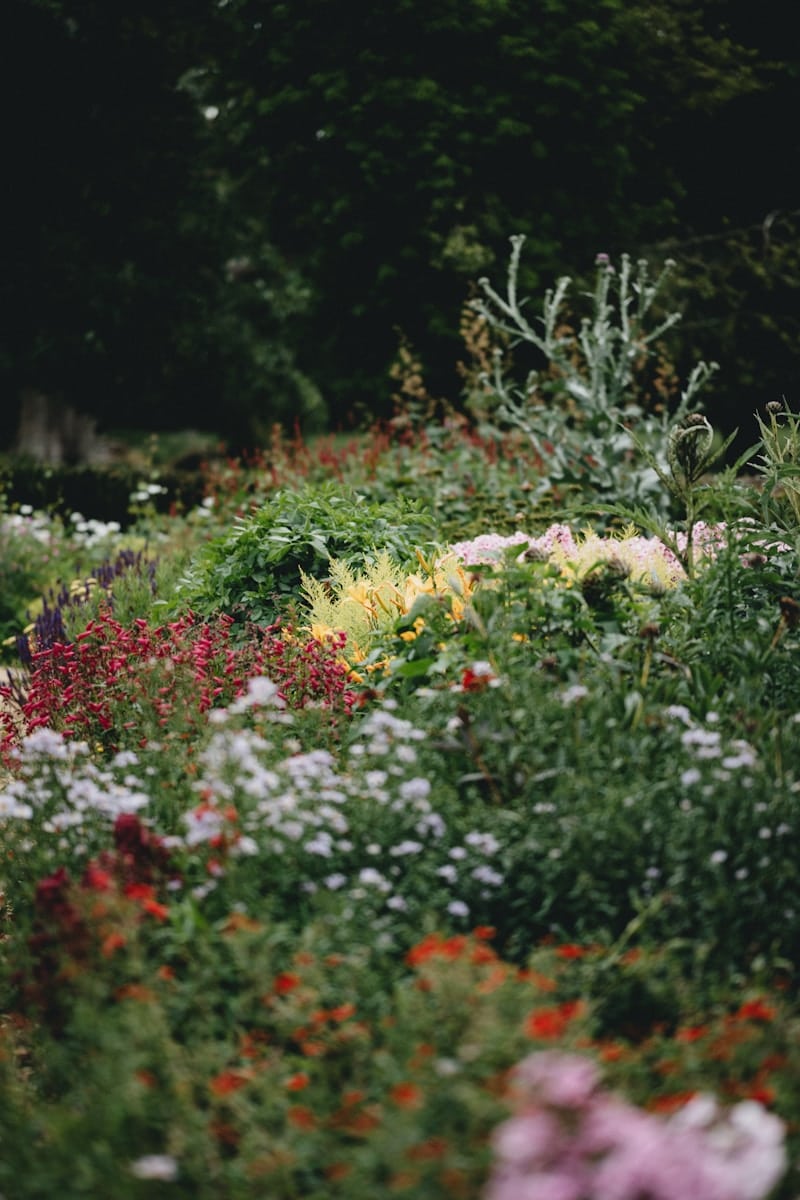
The Bay of Plenty region enjoys a temperate climate with warm summers and mild winters, making it ideal for growing a wide range of fruit trees, vegetables, and other garden plants. Here is a comprehensive planting calendar to help you plan your garden activities throughout the year.
Fruit Tree Planting Calendar
- January: Harvesting summer fruits such as plums, peaches, nectarines, and early apples. Thin fruit on heavily laden trees.
- February: Continue harvesting summer fruits. Prune stone fruit trees after harvest to encourage new growth.
- March: Harvest late apples, pears, and figs. Plant new citrus trees and protect young trees from late summer heat.
- April: Harvest feijoas and kiwifruit. Prune deciduous fruit trees once they have finished fruiting.
- May: Harvest persimmons and late kiwifruit. Begin winter pruning of deciduous trees.
- June: Plant bare-rooted fruit trees such as apples, pears, and stone fruits. Complete winter pruning.
- July: Continue planting bare-rooted fruit trees. Mulch around established trees to protect roots from cold.
- August: Finish planting bare-rooted trees. Prune citrus trees and prepare for spring growth.
- September: Plant new citrus trees. Fertilize fruit trees with a balanced fertilizer to promote spring growth.
- October: Plant avocado trees. Thin fruit on apples, pears, and stone fruits to improve size and quality.
- November: Continue thinning fruit. Mulch around trees to conserve moisture and suppress weeds.
- December: Harvest early stone fruits and berries. Protect fruit from birds with netting.
Vegetable Planting Calendar
- January: Plant late summer crops such as beans, sweet corn, and zucchini. Continue harvesting tomatoes, cucumbers, and peppers.
- February: Sow seeds for autumn crops like broccoli, cauliflower, cabbage, and carrots. Harvest summer vegetables regularly.
- March: Plant leafy greens like spinach, kale, and lettuce. Harvest pumpkins and squash.
- April: Sow winter crops such as garlic, onions, and broad beans. Continue harvesting late summer and autumn vegetables.
- May: Plant winter greens such as silverbeet and pak choi. Harvest the last of the summer crops.
- June: Sow cover crops like lupins and mustard to improve soil health. Plant winter-hardy vegetables.
- July: Plant brassicas like Brussels sprouts and cabbages. Protect young plants from frost.
- August: Sow early spring crops like peas, lettuce, and radishes. Start seeds indoors for tomatoes and peppers.
- September: Plant potatoes and early carrots. Transplant seedlings of tomatoes, peppers, and eggplants once the risk of frost has passed.
- October: Plant summer crops like beans, cucumbers, zucchini, and sweet corn. Sow successive crops of lettuce and radishes.
- November: Continue planting summer vegetables. Mulch around plants to conserve moisture and control weeds.
- December: Harvest early summer crops. Plant second rounds of fast-growing vegetables like beans and cucumbers.
Flower and General Garden Planting Calendar
- January: Deadhead flowers to encourage further blooming. Plant summer annuals and water regularly.
- February: Sow seeds for autumn flowers like marigolds and cosmos. Divide and replant overcrowded perennials.
- March: Plant spring-flowering bulbs such as daffodils and tulips. Prune summer-flowering shrubs after blooming.
- April: Sow wildflowers and cover crops. Plant winter annuals like pansies and violas.
- May: Plant winter and spring-flowering bulbs. Continue deadheading and tidying up garden beds.
- June: Prune deciduous shrubs and trees. Mulch around plants to protect roots from the cold.
- July: Plant bare-rooted roses and deciduous trees. Plan and design garden beds for spring planting.
- August: Sow seeds for spring annuals indoors. Start preparing garden beds for spring planting.
- September: Plant spring annuals and perennials. Fertilize garden beds with compost or organic fertilizer.
- October: Continue planting spring and summer flowers. Mulch garden beds to conserve moisture and control weeds.
- November: Plant summer bulbs like dahlias and lilies. Water garden beds regularly as temperatures rise.
- December: Deadhead flowers to maintain blooming. Plant summer annuals and perennials for continuous color.
Conclusion
By following this planting calendar, you can ensure a productive and beautiful garden throughout the year in New Zealand. Happy gardening!

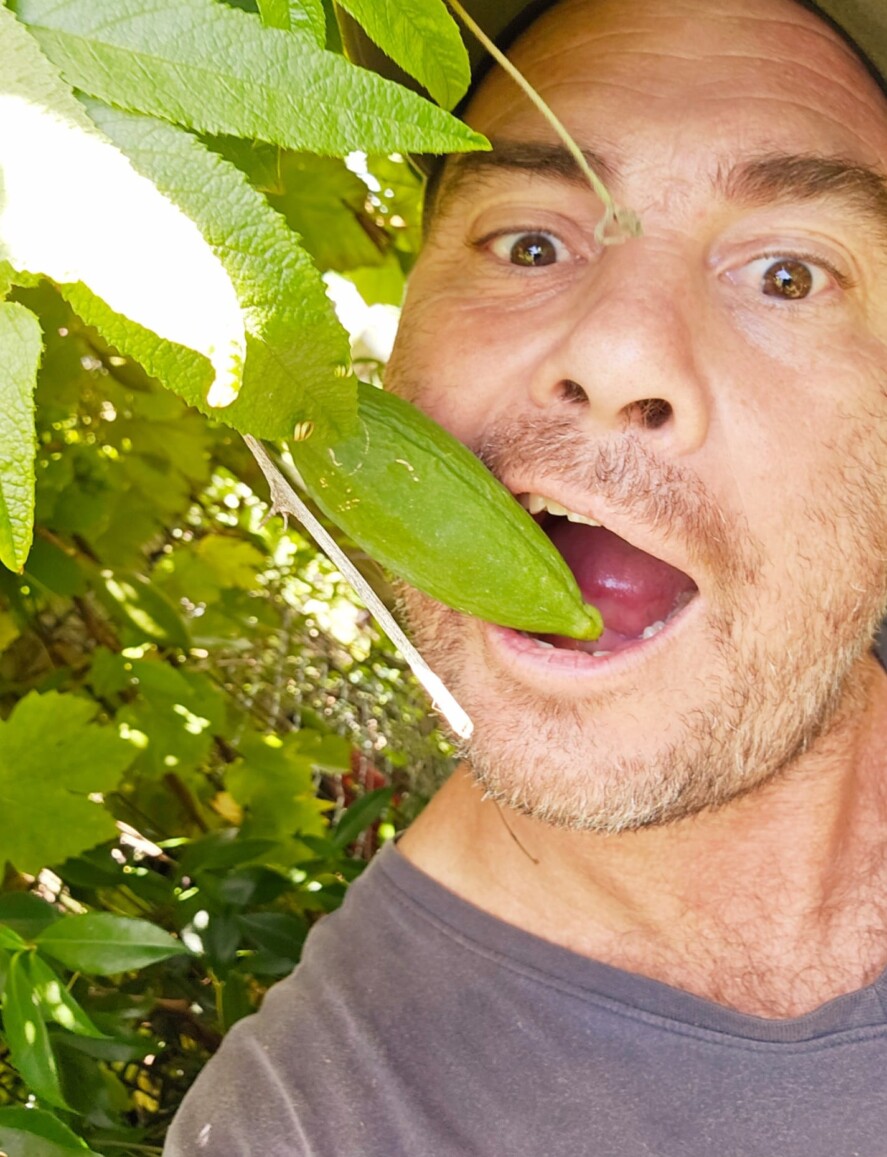



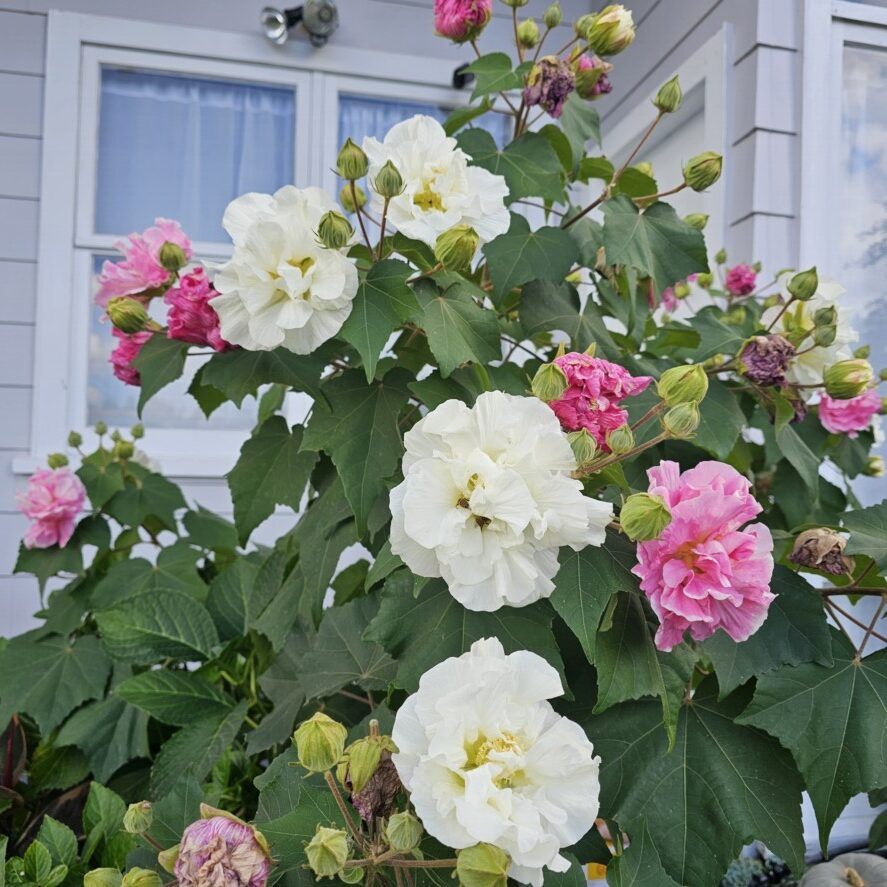
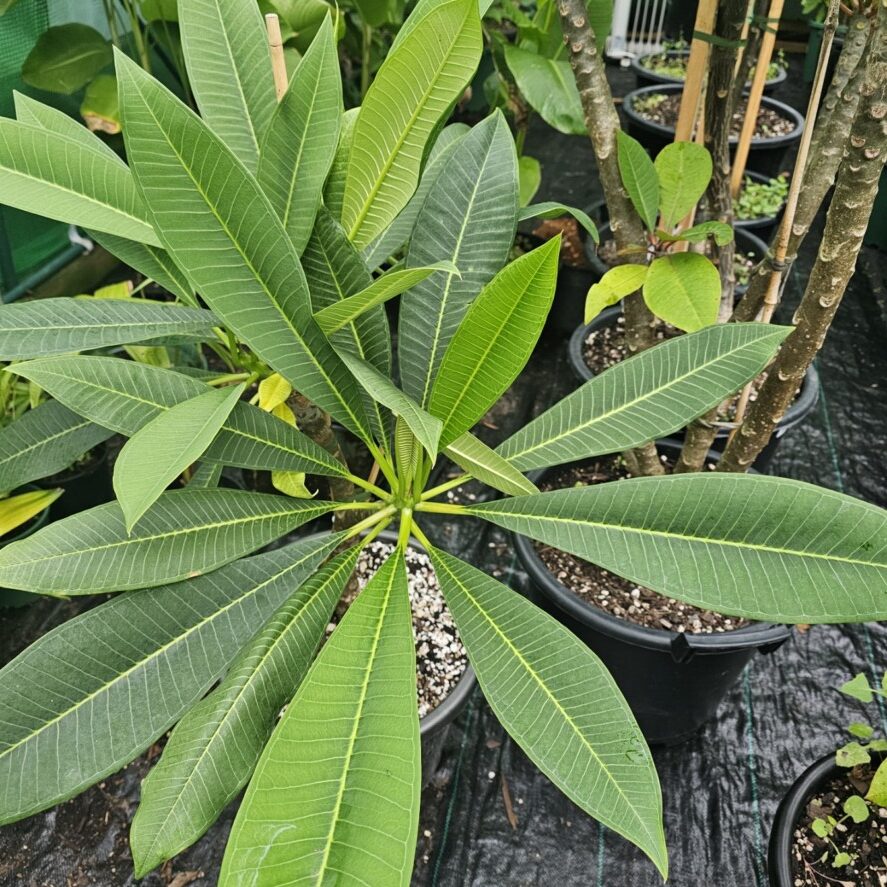

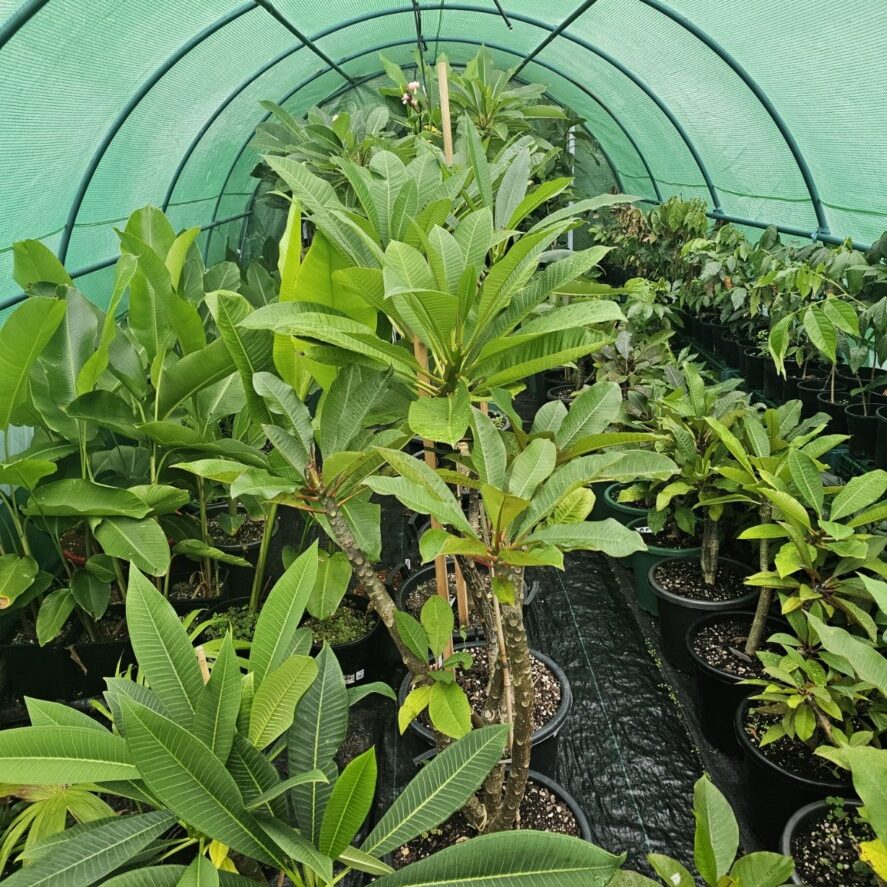
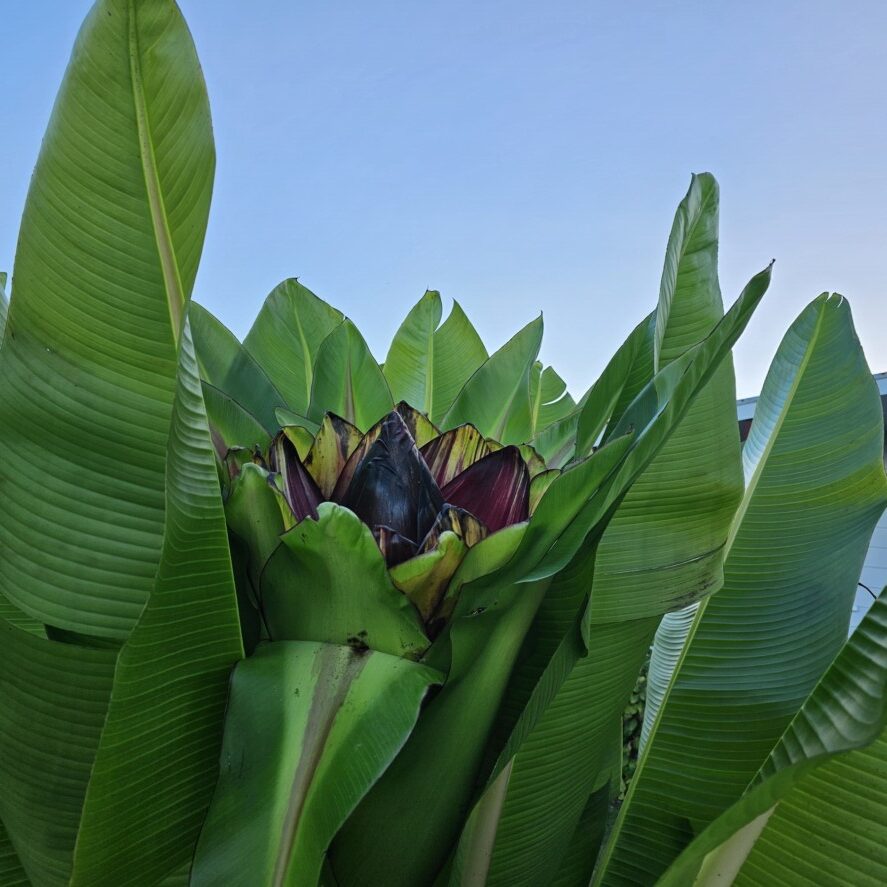
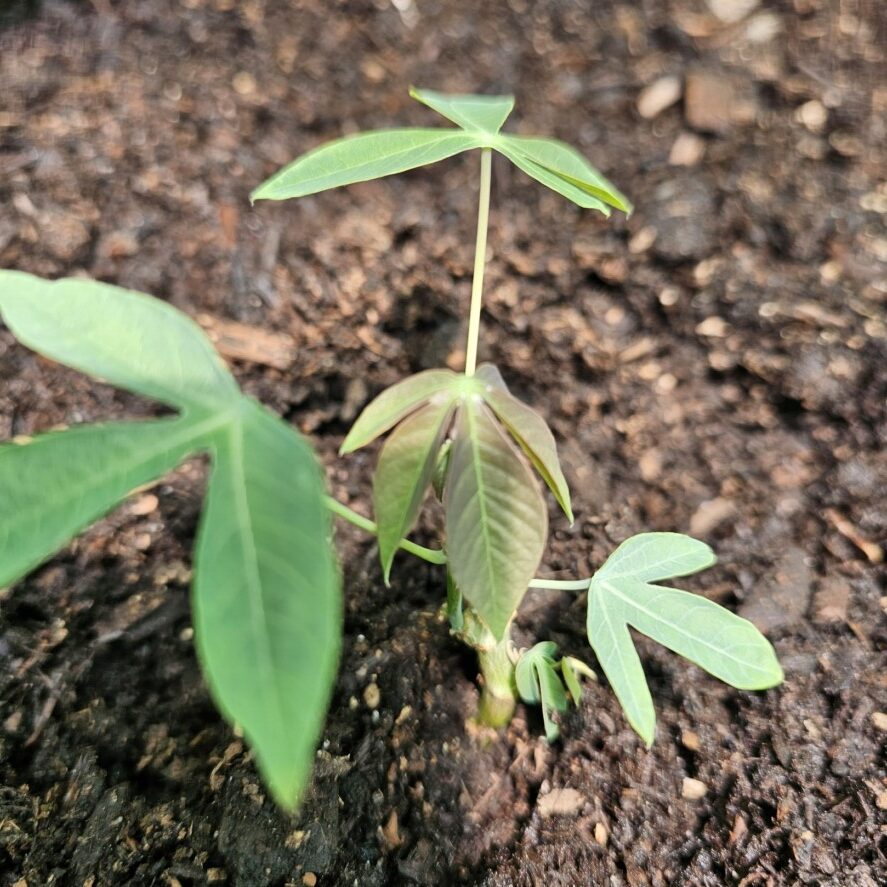
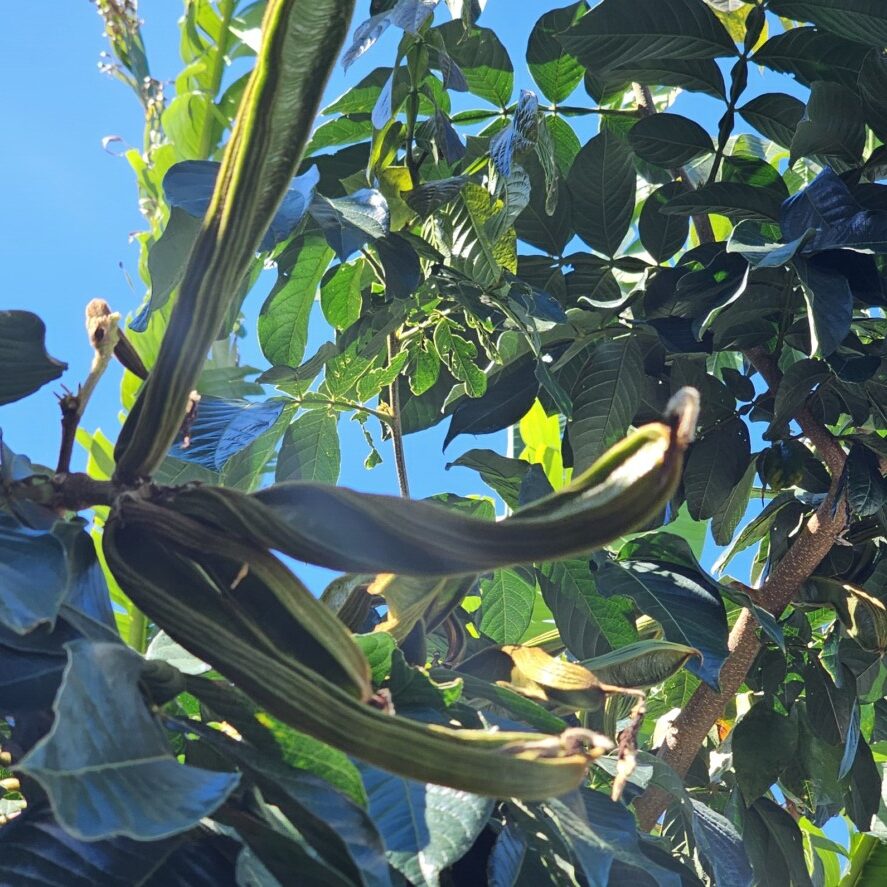



I’m glad to have a month-by-month guide for both vegetables and fruit trees. It makes things much simpler!
It’s great to see a comprehensive guide for different types of plants all in one place.
I’m new to gardening, so this detailed calendar is exactly what I needed to get started.
This planting calendar is really helpful for planning my garden activities throughout the year.
The section on general garden planting is very useful, especially for maintaining continuous blooming.